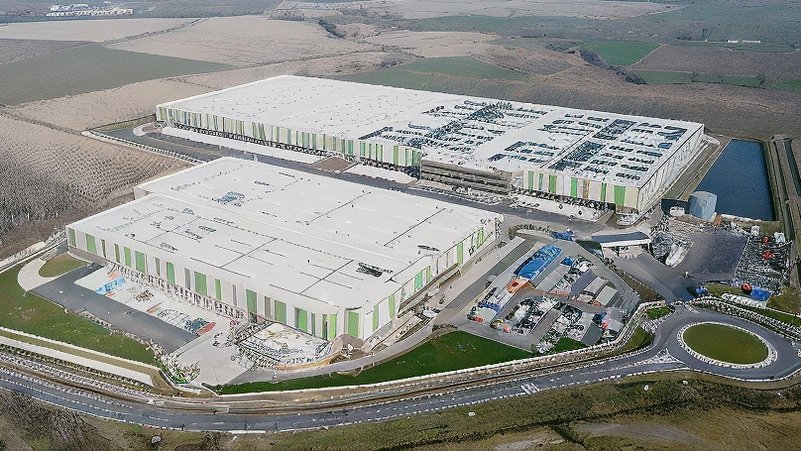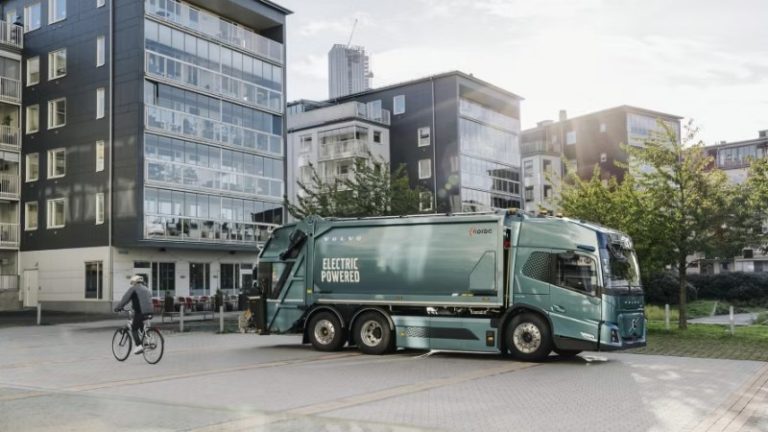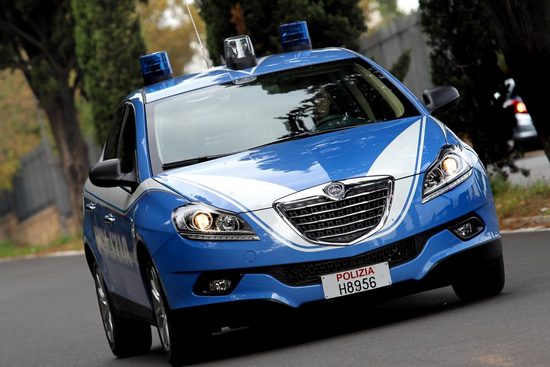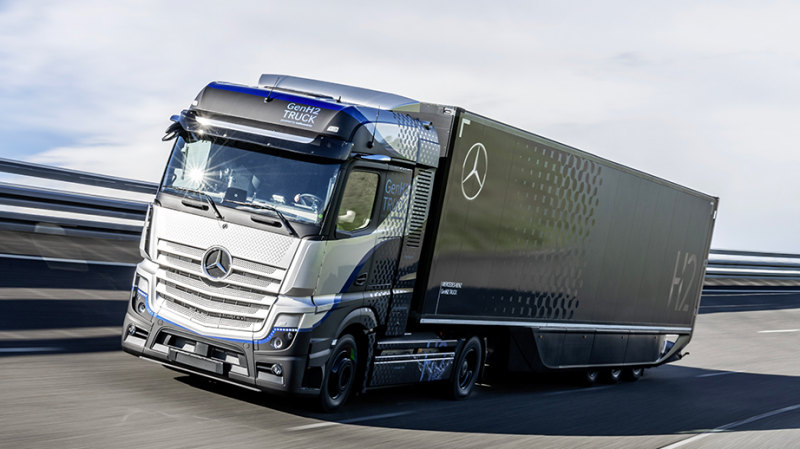After launching a new generation of heavy industrial vehicles for line-haul transportation, Volvo Trucks revealed on January 31, 2024, its first vehicle specifically engineered for electric traction. Previous models were adaptations of diesel versions, but the Volvo FM Low Entry, as the new model is called, is inherently electric, designed from the ground up with an electric drivetrain. This design approach has allowed the removal of the diesel engine, resulting in a lower cabin that enhances both safety and comfort for the driver.
The FM Low Entry project caters to various urban activities, including goods distribution, municipal services, and construction. "It's powerful yet smooth to drive and easy to maneuver," says Roger Alm, President of Volvo Trucks. "The new Volvo FM Low Entry aligns perfectly with our ambitions to expand our electric range, enabling even more customers to reduce their carbon emissions."
The lower driving position, compared to diesel models, provides the driver with enhanced visibility, especially regarding vulnerable road users like cyclists, motorcyclists, and pedestrians. This model has already achieved a five-star rating in Direct Vision, a visibility assessment system set to be implemented in London by the end of 2024. The FM Low Entry range includes eight models, with chassis options of 4X2, 6X2, 6X4, 8X2, and 8X4.
The cabin offers three different interior configurations: driver-only, driver plus one passenger, and driver plus three passengers. In the latter configuration, the three passenger seats are positioned behind and out of the driver's line of sight, reducing blind spots and increasing overall visibility. This is further enhanced by an external camera system. The cabin floor is flat and close to the ground.
The Volvo FM Low Entry series has a total mass ranging from 19 to 32 tonnes, with wheelbases from 3,900 to 6,000 millimeters, powered by a 330 kW electric motor fed by four batteries with a total capacity of 360 kWh. The maximum range stated by the manufacturer is up to 200 kilometers, although this varies depending on load, driving style, topography, and external temperature. Sales are set to begin in the first quarter of 2024, with production starting in the second quarter.



































































